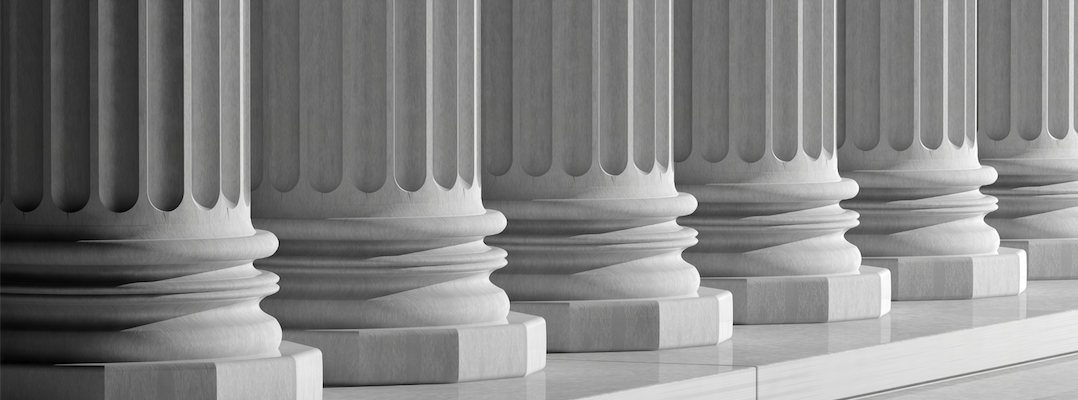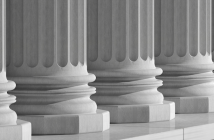Harvard Law School, moving to open its doors to a larger, more diverse pool of applicants, said on Wednesday that it would accept the graduate record examination, known as the GRE, for the admission of students entering its fall 2018 class.
The law school, whose alumni include senators, chief executives, Chief Justice John G. Roberts Jr. and President Barack Obama, is the second accredited law school in the United States to accept the GRE for admission. It follows the University of Arizona James E. Rogers College of Law, which made the change a year ago.
At the time, Arizona’s decision provoked a heated debate in the legal profession, which has long supported the Law School Admissions Test, or LSAT, over whether that test should be relied on as a single valid predictor of law school success.
Since Arizona’s move, around 150 law school deans, including Martha Minow of Harvard Law, have expressed support for the change. Now Harvard Law is taking the same step. The school said it would start a pilot program in the fall, when students begin submitting applications for the three-year juris doctor program that begins in 2018.
The change “will encourage more students in the United States and internationally from a greater degree of disciplines to apply,” said Jessica Soban, assistant dean and chief admissions officer. Applicants who want to can still submit LSAT scores.
The GRE test is offered many times each year and in numerous locations around the world, Ms. Soban said in an interview. In addition, she said, “many prospective law school applicants take the GRE as they consider graduate school options.”
The decision to make the change came after a recently completed Harvard Law study that examined GRE scores of current and former students who had taken both the GRE and the LSAT.
The study concluded that “the GRE is an equally valid predictor of first-year grades,” Ms. Soban said.
It remains to be seen whether other schools follow Harvard. The law school, which admits about 560 students to each first-year class, has seen its applications increase in recent years, unlike many other law schools in the United States.
A survey of 125 law schools last year by Kaplan Test Prep found that 56 percent had no plans to allow applicants to submit GRE scores instead of LSAT scores.
Only 14 percent said they planned to amend their policies, but more than half also said they did not want the American Bar Association to explicitly require that law schools accept only LSAT scores.
The bar association’s accrediting body will soon consider changes to the rules governing law school admissions. Barry Currier, managing director of the group’s section on legal education and admissions to the bar, said on Wednesday that “at this point we will defer for now any comment on any individual law school’s proposal or pilot program on testing of prospective students.”
When Arizona’s law school chose to accept GRE scores, it risked being expelled from the Law School Admission Council, which oversees LSAT administration and the common application process used by thousands of law school students.
“Also, given the promise of the revolutions in biology, computer science, and engineering, law needs students with science, technology, engineering and math backgrounds,” she continued.




